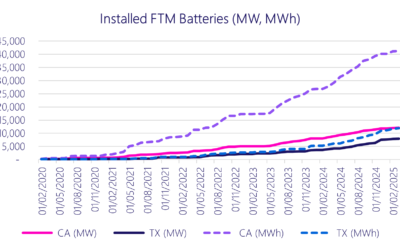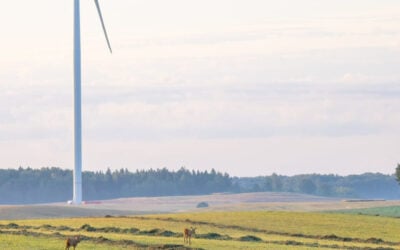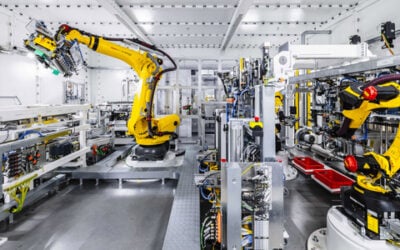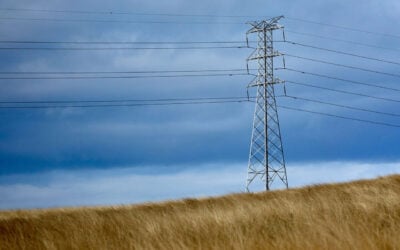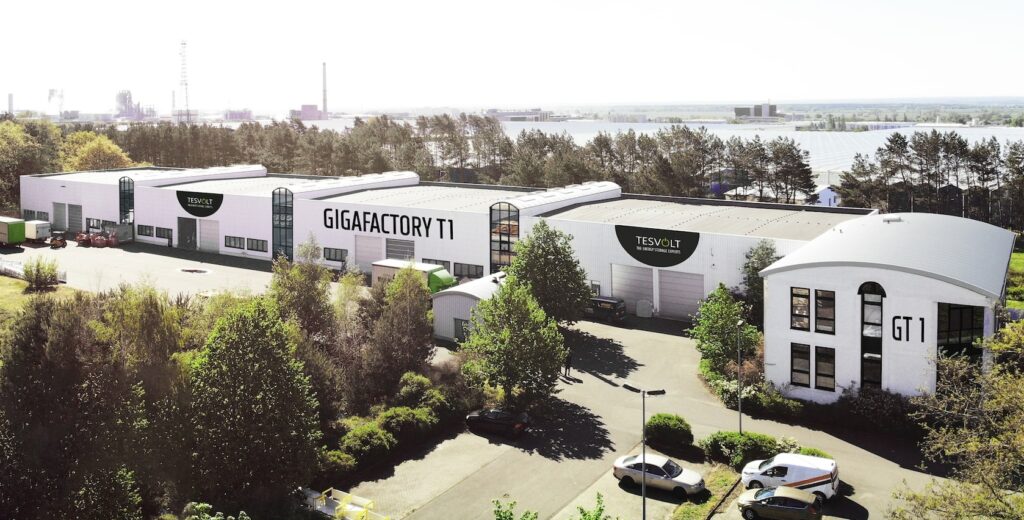
German commercial and industrial (C&I) energy storage system firm Tesvolt is investing €60 million (US$64 million) in a new manufacturing hub at its headquarters in Saxony-Anhalt.
The money will go towards constructing two new buildings and renovating its existing production site at its headquarters in the town of Lutherstadt Wittenberg, pictured above, which has an annual production capacity of a few hundred MWh.
Enjoy 12 months of exclusive analysis
- Regular insight and analysis of the industry’s biggest developments
- In-depth interviews with the industry’s leading figures
- Annual digital subscription to the PV Tech Power journal
- Discounts on Solar Media’s portfolio of events, in-person and virtual
Construction on the new plant will start in spring this year and be completed in 2024, with an eventual annual production capacity of 4GWh.
It will assemble the company’s energy storage system (ESS) enclosures, which it sells to a variety of C&I markets in Europe.
Daniel Hannemann, Tesvolt CEO said: “In the future, our new Gigafactory is set to produce up to 80,000 storage systems per year – that equates to a tenfold increase on today’s production capacity. With this milestone we are contributing to an increase in international independence for the European energy transition.”
The project is eligible to receive up to €12 million in subsidies through the Investitionsbank Sachsen-Anhalt, the development bank of the state of Saxony-Anhalt.
The new plant will cover two floors totalling 6,000m2 and will feature a high-bay racking system that will quadruple the storage capacity.
Tesvolt is aiming to make the plant carbon-neutral. Its electricity will be provided by rooftop wind and solar, with any excess stored in its own ESS units, and its heat supply provided through air source heat pumps and heat recovery.
The company last year reported that orders for its products had increased 195% in light of the energy crisis which engulfed Europe after Russia’s invasion of Ukraine. Hanneman said at the time that companies were increasingly seeking to reduce their dependency on fossil fuels.
The German ESS market has been dominated by the C&I and residential sectors in recent years as homeowners have looked to become increasingly energy self-sufficient well before the post-Covid and post-Ukraine war energy crisis.
Tesvolt has previously said it expects sales of over €100 million in 2023.
Energy-Storage.news’ publisher Solar Media will host the eighth annual Energy Storage Summit EU in London, 22-23 February 2023. This year it is moving to a larger venue, bringing together Europe’s leading investors, policymakers, developers, utilities, energy buyers and service providers all in one place. Visit the official site for more info.


